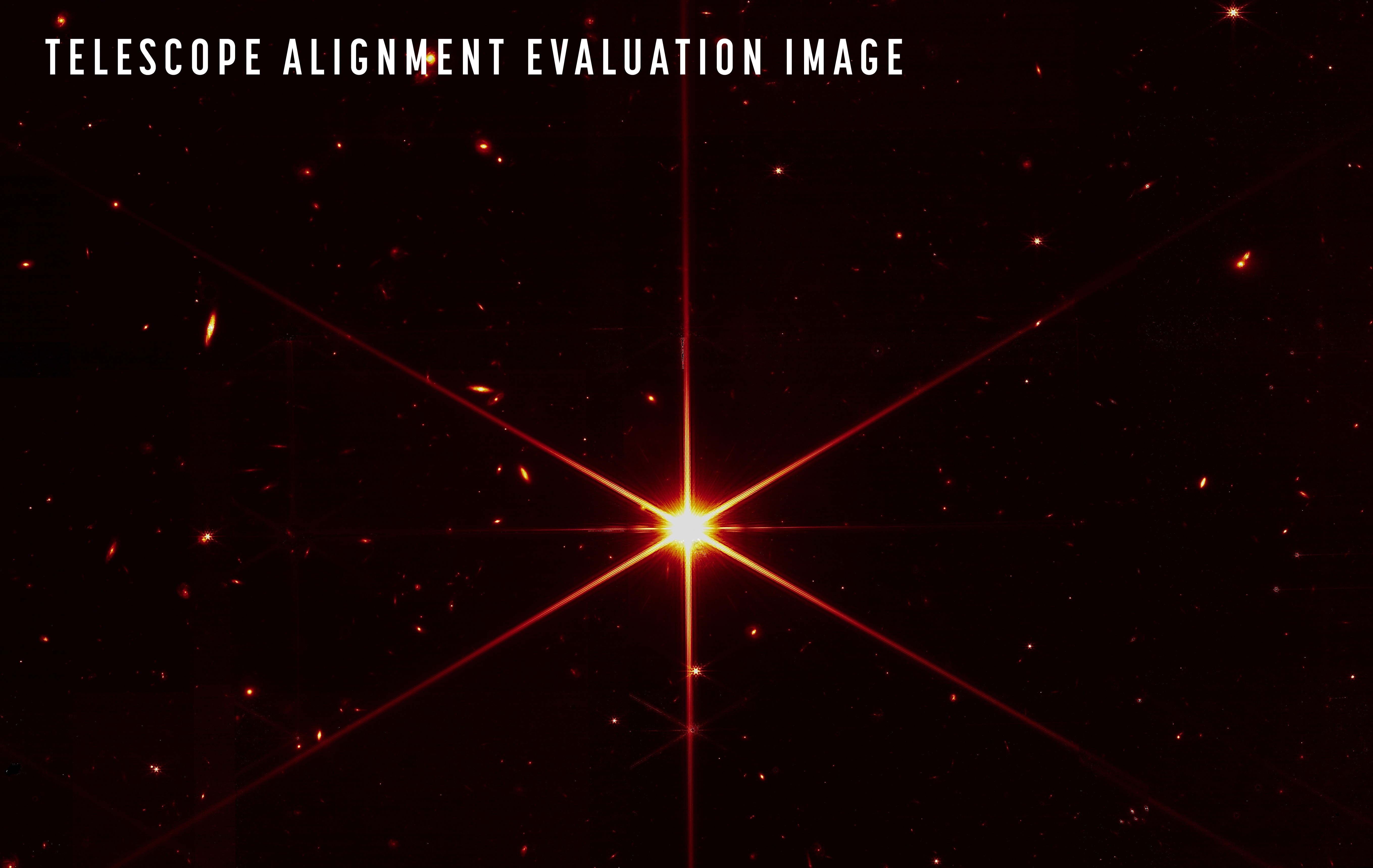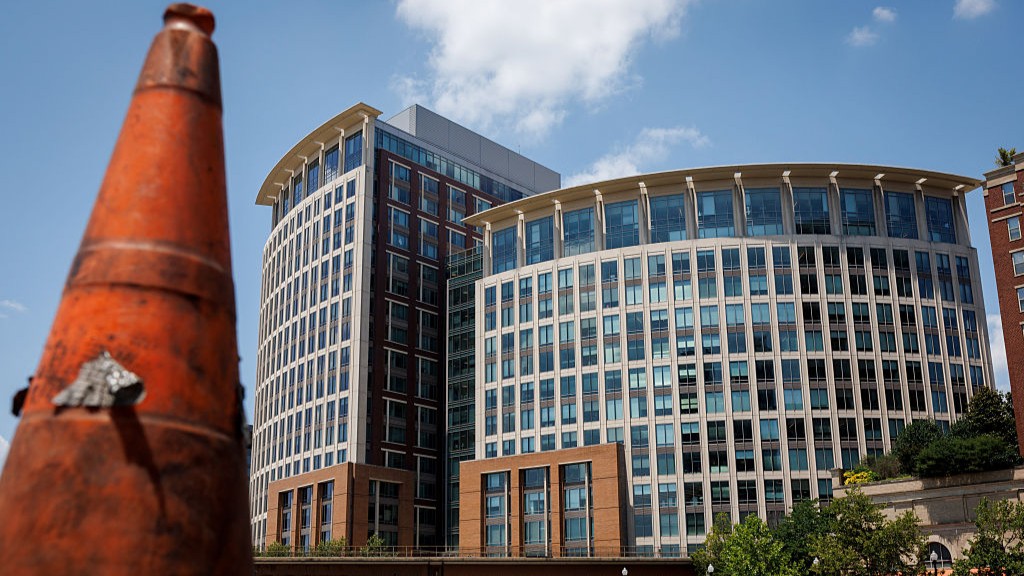James Webb Space Telescope completes another stage of instrument alignment
There's only one step left to tackle.

The commissioning stages of the James Webb Space Telescope just ticked off yet another phase.
Engineers have successfully aligned all but one of the instruments on the $10 billion space telescope for the first time, NASA reported on Friday (April 1) as Webb continues to cool to deep-space temperatures after launching Dec. 25, 2021.
The interim instrument adjustment was so successful that engineers determined they don't need to realign the secondary mirror of Webb, which was an option if they determined anything was out of line. One last phase of "multi-instrument alignment," as NASA terms the process, will place after the telescope's final instrument cools. The cooling milestone should happen in the "weeks ahead," the agency stated.
Live updates: NASA's James Webb Space Telescope mission
Related: How the James Webb Space Telescope works in pictures
Webb is undergoing a multi-phase, six-month-long commissioning period to precisely align its mirrors and instruments to capture faint light from the universe. Falling temperatures somewhat complicate the process as these components may behave or align differently once they reach the temperatures of deep space, which is why NASA has room for more adjustments.
But in the meantime, engineers celebrated not having to do mirror realignments during the now-completed sixth phase of Webb's commissioning.
"This accomplishment was due to many years of planning and great teamwork among the wavefront sensing team," Chanda Walker, Webb wavefront sensing and control scientist at Ball Aerospace, said in the NASA statement. (Ball provided the optical mirror system for Webb.)
Breaking space news, the latest updates on rocket launches, skywatching events and more!
Engineers are awaiting the cooldown of the telescope's mid-infrared instrument (MIRI), which requires ultra-cool or cryogenic temperatures to pick up on infrared heat signatures of distant objects, be they exoplanets or galaxies in birth.
"Once MIRI fully cools to its cryogenic operating temperature in the weeks ahead, a second multi-instrument alignment will occur to make final adjustments to the instruments and mirrors if needed," NASA said.
Once the telescope can focus its light successfully in each instrument, the agency plans a "key decision meeting" to confirm the aligning process is complete, NASA added.
"The team will then transition from alignment efforts to commissioning each instrument for scientific operations," the agency continued. A program of early science (Cycle 1) is expected to start around June, with "Cycle 2" operational science expected to begin in mid-2023.
Follow Elizabeth Howell on Twitter @howellspace. Follow us on Twitter @Spacedotcom and on Facebook.
Join our Space Forums to keep talking space on the latest missions, night sky and more! And if you have a news tip, correction or comment, let us know at: community@space.com.

Elizabeth Howell (she/her), Ph.D., was a staff writer in the spaceflight channel between 2022 and 2024 specializing in Canadian space news. She was contributing writer for Space.com for 10 years from 2012 to 2024. Elizabeth's reporting includes multiple exclusives with the White House, leading world coverage about a lost-and-found space tomato on the International Space Station, witnessing five human spaceflight launches on two continents, flying parabolic, working inside a spacesuit, and participating in a simulated Mars mission. Her latest book, "Why Am I Taller?" (ECW Press, 2022) is co-written with astronaut Dave Williams.
